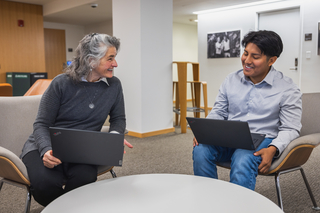Yale supports thoughtful exploration of generative AI tools in academic contexts while recognizing significant concerns around academic integrity, data privacy, bias and inaccuracy, and pedagogical effectiveness. This guidance is meant to inform instructors as they decide how and whether students should use AI in their courses.
Please explore our curated pages of resources for more information on using AI in your teaching.
![Belet, E. (Emile). La végétation sous-marine. [1900]](/sites/default/files/2025-09/veg_banner.jpg)

